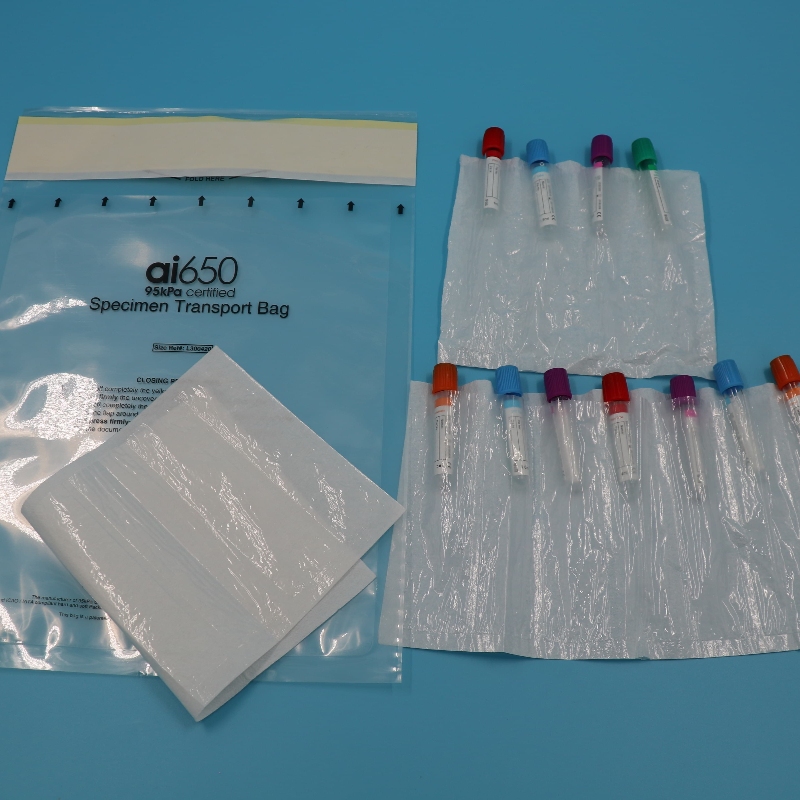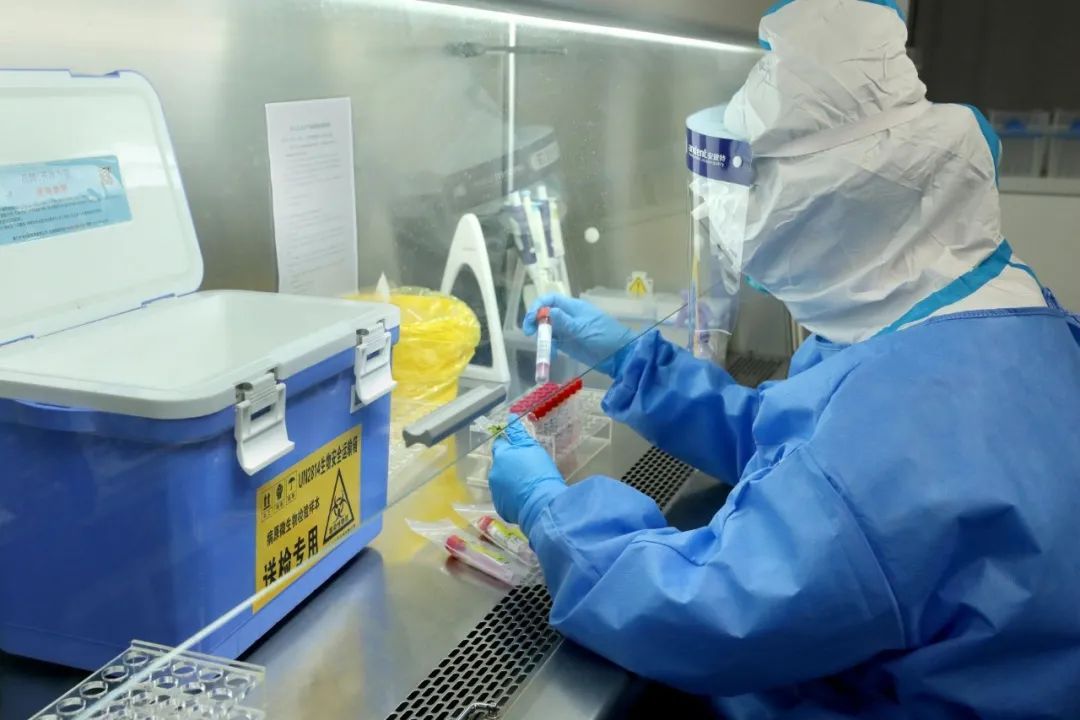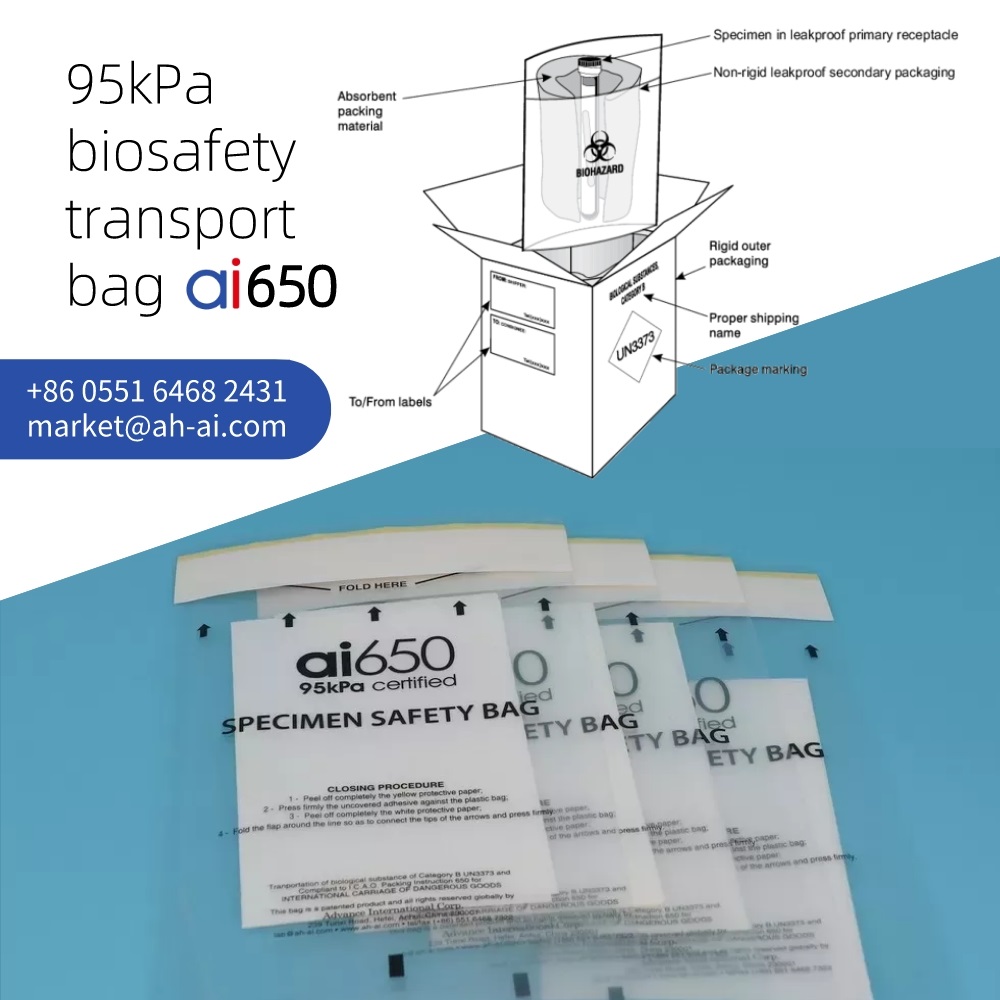Transporting biological samples – ranging from routine diagnostic specimens to critical clinical trial materials – stands as a foundational pillar of modern healthcare and scientific advancement. This task, however, is inherently complex, demanding meticulous attention to safety, the preservation of sample integrity, and stringent adherence to a web of international and national regulations. The stakes are profoundly high: any compromise to samples can lead to inaccurate diagnoses, invalidate crucial research findings, and potentially pose significant public health risks. The regulatory framework for UN3373 is not merely about avoiding financial penalties or legal repercussions; it extends to a much broader objective: preventing potential public health crises stemming from accidental exposure to infectious materials, safeguarding invaluable research data from degradation or compromise, and maintaining the integrity of diagnostic processes. Non-compliance carries far-reaching consequences, including significant risks of environmental contamination, direct exposure hazards for transport personnel and the general public, the potential loss of irreplaceable clinical or research samples, and a severe erosion of public trust in medical and research institutions. Emphasizing these broader implications elevates the critical importance of selecting and utilizing truly compliant packaging solutions.
To effectively mitigate these inherent risks, authoritative international and national bodies, such as the International Air Transport Association (IATA) and the U.S. Department of Transportation (DOT), have established rigorous guidelines for the transport of dangerous goods. Central to these guidelines is the UN3373 classification, specifically designated for “Biological Substance, Category B”. This classification identifies infectious substances that, while not meeting the more severe criteria for Category A (which carries a higher risk profile), still necessitate specialized handling and packaging protocols to ensure safety throughout their transit journey.
Achieving comprehensive UN3373 compliance can often appear to be a daunting challenge for organizations. However, with the application of purpose-built tools and solutions, this complex regulatory landscape can be navigated efficiently and effectively. This is precisely where specialized packaging solutions, such as the Ai 650 Specimen Bag, prove to be indispensable. Designed with precision to meet the exacting demands of UN3373 regulations, the Ai 650 bag functions as a critical component within the mandated packaging system, playing a pivotal role in safeguarding biological samples and facilitating seamless, fully compliant transportation.
II. Demystifying UN3373: What is Biological Substance, Category B?
UN3373 is the specific United Nations identification number assigned to “Biological Substance, Category B”. This classification is applied to infectious substances that, while containing pathogens, do not meet the more stringent criteria for inclusion in Category A. Category A substances (identified as UN2814 for those affecting humans and UN2900 for those affecting animals) are defined as infectious substances capable of causing permanent disability, life-threatening, or fatal disease in otherwise healthy humans or animals if exposure occurs. In contrast, Category B substances, though still infectious, are categorized as posing a non-fatal risk in the event of a release, allowing for a distinct, yet still rigorous, set of transport requirements.
Understanding the precise distinctions between these categories is paramount, as they dictate the specific packaging, labeling, and documentation requirements. A key differentiating factor for UN3373 shipments is that they do not require the prominent “Infectious Substance” label, a Shipper’s Declaration for Dangerous Goods, or detailed emergency response information affixed directly to the package. This significantly streamlines the shipping process for Category B materials while still ensuring adequate safety measures are in place. The very existence of distinct categories—Category A (higher risk), Category B (UN3373, moderate risk), and Exempt (minimal risk)—reveals a sophisticated regulatory strategy. This tiered approach is designed to optimize efficiency and ensure proportionate risk management within the vast domain of biological sample transport. If all biological samples, regardless of their actual risk profile, were subjected to the most stringent Category A requirements, the logistical burden, administrative complexity, and associated costs for healthcare and research institutions would be prohibitively immense. By carefully differentiating these categories, regulators enable a system that is both safer and significantly more practical for the vast majority of routine diagnostic and research samples, allowing resources to be concentrated where the highest risks lie. This nuanced, tiered regulatory approach fundamentally highlights the critical importance of accurate classification. Misclassifying a Category B substance as an “exempt specimen” could lead to severely inadequate safety measures, potentially endangering personnel and the public. Conversely, over-classifying a Category B substance as Category A would result in unnecessary regulatory hurdles, increased documentation, and inflated shipping costs, creating inefficiencies without a commensurate increase in safety.
Furthermore, it is crucial to differentiate UN3373 substances from “Exempt Human Specimen” or “Exempt Animal Specimen.” These “exempt” materials are collected directly from humans or animals but are deemed to have a minimal likelihood of containing pathogens (e.g., routine blood tests for cholesterol levels, hormone levels, or prostate-specific antibodies). While their transport still necessitates basic packaging conditions, including triple packaging, leak-proof components, and absorbent material, they are explicitly not subject to the full UN3373 regulations and require specific “Exempt” labels. The determination of whether a substance is exempt relies heavily on professional judgment, informed by the known medical history, symptoms, individual circumstances of the source (human or animal), and endemic local conditions. This intellectual component implies a fundamental need for highly trained and knowledgeable personnel within organizations responsible for shipping biological materials, extending beyond the mere procurement of compliant packaging. A deficiency in professional judgment during the classification process directly leads to incorrect packaging and labeling decisions. This non-compliance, in turn, creates a causal chain that can result in significant safety hazards (e.g., inadequate containment for a potentially infectious substance) or severe logistical disruptions, including shipment rejections, costly delays, and potential regulatory penalties. This reinforces that compliant products must be paired with competent human expertise for true safety and adherence.
Diagnostic specimens represent the most common type of material assigned to UN3373. These encompass human or animal materials that are transported exclusively for the purpose of diagnosis or investigation. Specific examples include excreta, blood and its various components, as well as other tissues and fluids. It is important to clarify that live infected animals are explicitly excluded from this classification and fall under different regulatory frameworks.
III. The Cornerstone of Safety: UN3373 Packaging Requirements (Packing Instruction 650)
The absolute cornerstone of UN3373 compliance is the meticulously defined “triple packaging” system, which is rigorously mandated by Packing Instruction 650 (P650 or PI650) under both International Air Transport Association (IATA) and European Agreement concerning the International Carriage of Dangerous Goods by Road (ADR) regulations. This sophisticated system is engineered to provide multiple, redundant layers of protection against a wide array of potential hazards, including leakage, physical shocks, significant pressure changes, humidity fluctuations, vibration, and the rigors of manual or mechanical handling. Its fundamental design ensures that the contents will not leak to the outside of the shipping container, even in the unlikely event of a leakage from the primary receptacle during transit. The detailed requirements for each component of the triple packaging system reveal a sophisticated engineering principle: redundancy and containment. The system is designed such that if any single layer fails (e.g., a primary receptacle leaks due to a crack), the subsequent layers are specifically engineered to contain the hazard. A failure to meet the precise specifications of any single component within the triple packaging system—for example, if the secondary packaging is not genuinely 95kPa compliant or if the absorbent material is insufficient—will compromise the integrity of the entire system. This directly leads to a heightened risk of leakage and contamination, resulting in non-compliance, potential safety hazards, and significant operational disruptions. Each component is not merely a suggestion but an equally vital link in the chain of safety.
The triple packaging system comprises:
- Primary Receptacle: This is the innermost layer, directly containing the biological sample. It must be unequivocally leak-proof, secured with a reliable seal such as a screw cap, tape, or parafilm. For liquid substances, the maximum volume permitted per individual primary receptacle is 1 liter (1L), while for solid substances, the limit is 1 kilogram (1kg). If multiple fragile primary receptacles are to be placed within a single secondary packaging, it is a strict requirement that they be individually wrapped or separated by cushioning material to prevent direct contact and potential breakage during transit.
- Secondary Packaging: This is the crucial intermediate container that completely encloses the primary receptacle(s). It must also be demonstrably leak-proof and engineered to withstand significant internal pressure and a broad range of temperature variations. Specifically, the secondary packaging is required to endure an internal pressure of at least 95 kPa (0.95 bar) without any leakage, across an extreme temperature range spanning from -40°C to +55°C (-40°F to +130°F). For solid substances, the secondary packaging must additionally be siftproof, preventing the escape of fine particles. Many might intuitively assume that merely being “leak-proof” is sufficient for biological sample containers. However, the explicit requirements for 95kPa pressure resistance and the broad -40°C to +55°C temperature range highlight a crucial, often overlooked, aspect of compliance: the conditions of transport. Biological samples are frequently transported by air, where unpressurized cargo holds experience significant atmospheric pressure drops and extreme temperature fluctuations. A bag that is only “leak-proof” at standard ambient conditions might catastrophically fail under these dynamic transport environments. This specific, rigorous testing requirement is a major differentiator for truly compliant secondary packaging. This detailed requirement for pressure and temperature resilience is a key characteristic that distinguishes purpose-built, compliant packaging from generic alternatives. It underscores that the goal is not just static containment, but dynamic containment under the most challenging transport conditions, ensuring that samples remain viable and safe regardless of external environmental shifts during transit.
- Absorbent Material: For packages containing liquid substances, a sufficient quantity of absorbent material is an absolute necessity. This material, which can include cellulose wadding, cotton balls, super-absorbent packets, or paper towels, must be strategically placed between the primary receptacle(s) and the secondary packaging. Its purpose is critical: it must be capable of absorbing the entire contents of all primary receptacles within that secondary packaging. This ensures that any release or leak from the primary container is completely contained, preventing it from reaching and compromising the integrity of the outer packaging, thereby enhancing safety for handlers and the environment.
- Rigid Outer Packaging: This is the outermost layer of the system, providing essential physical protection for the entire package. It must be rigid in construction, capable of successfully meeting a 1.2-meter drop test without compromise, and possess at least one surface with minimum external dimensions of 100mm x 100mm. The total quantity of biological substance contained within the outer packaging must not exceed 4 liters for liquids or 4 kilograms for solids. Additionally, cushioning material, which must be distinct from the absorbent material, is necessary. This cushioning is generally placed between the secondary and outer packaging to prevent unwanted movement and absorb shocks, further protecting the contents.
When temperature control is a requirement for biological samples, such as when utilizing dry ice or liquid nitrogen, specific additional regulations apply. Dry ice must be positioned outside the secondary packaging or within the outer packaging/overpack. The packaging itself must be specifically designed and constructed to permit the controlled release of carbon dioxide gas, thereby preventing a dangerous build-up of pressure that could rupture the package. Furthermore, the outer package must be clearly marked with “Carbon dioxide, solid” or “Dry ice” along with the net weight of the dry ice in kilograms. Crucially, both the primary receptacle and the secondary packaging must be able to maintain their integrity at the temperature of the refrigerant used, as well as under the temperatures and pressures that could arise if refrigeration were unexpectedly lost during transit.



